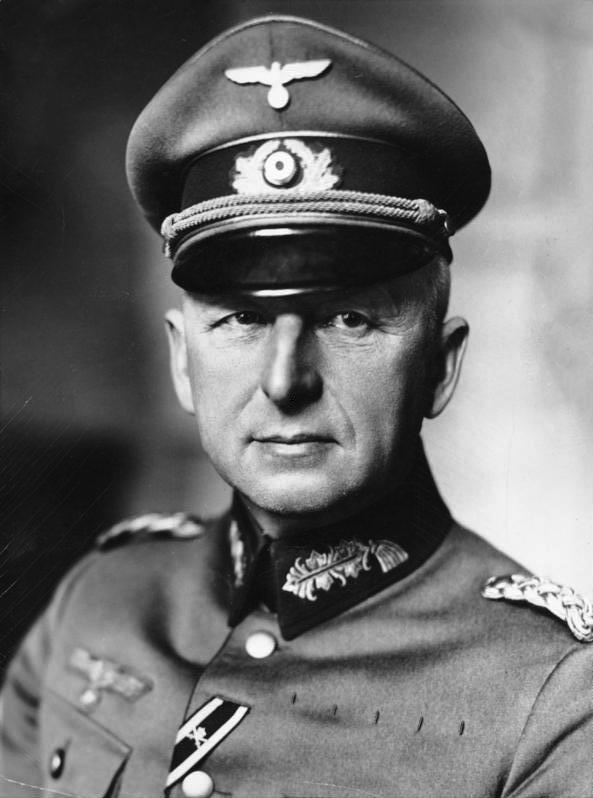How to find address on hex
Dec 2, 2017 12:02:50 GMT
via mobile
Aleksandr Vasilevsky and shogunmio like this
Post by Wilhelm Ritter von Leeb on Dec 2, 2017 12:02:50 GMT
This guide is about explaining how to find a specific spot of the WC3 in-game map on the hex map block in the conquest files.
(More info about blocks can be found here: european-war-4.boards.net/thread/5756/modding-discussions-thread?page=27#ixzz506CtV1S3)
This is very useful when you want to add a city or unit or when you want to set a specific hex under foreign control (like when you want to set ONLY London under German control).
Before I move on to the actual guide I have to say a few things about coordinates and address.
So, every single hex on the map has some coordinates assigned on it. They are used to mark the location of it on the map and thus, they are vital in situations when you want to add a city or unit in the map.
They look like this:
Oh, and I forgot to mention that you can find the coordinates of most cities in this thread: european-war-4.boards.net/thread/5758/hex-cities-codes
Now, to the address. The address is a number (in hexadecimal, or hex for short), which indicates the number of every byte in the conquest.btl file. In hex editor, it is this collumn with numbers on the left of the screen. It is also displayed when you select a byte.
Why is this so important? Because with this method I am going to explain, you can use it to find the coordinates of this byte on the map and vice versa.
To find the address you need to do the following maths (I recommend using a hex calculator for these):
1939: Coordinates + 102c = Address
1943: Coordinates + d00 = Address
1950/60: Coordinates + 1188 = Address
eg 1939: Lets say we want to find the address of Cologne. Its coordinates are 6707 or 767 ,in hex.
767 + 102c = 1793, which is the address of Cologne in 1939.
Same goes for the rest of the conquests.
Unfortunately, this method has one drawback: If you add a country, the block numbers (102c, d00, 1188) need to be recalculated.
The recalculate part, along with how I came up with these numbers will be added in a future entry.
(More info about blocks can be found here: european-war-4.boards.net/thread/5756/modding-discussions-thread?page=27#ixzz506CtV1S3)
This is very useful when you want to add a city or unit or when you want to set a specific hex under foreign control (like when you want to set ONLY London under German control).
Before I move on to the actual guide I have to say a few things about coordinates and address.
So, every single hex on the map has some coordinates assigned on it. They are used to mark the location of it on the map and thus, they are vital in situations when you want to add a city or unit in the map.
They look like this:
43 0f
43 is x and 0f is y (although you won't be needing this, I displayed it in case someone cares).
Also, when you want to make a math with them, you need to reverse them.
For example, 430f becomes f43
43 is x and 0f is y (although you won't be needing this, I displayed it in case someone cares).
Also, when you want to make a math with them, you need to reverse them.
For example, 430f becomes f43
Oh, and I forgot to mention that you can find the coordinates of most cities in this thread: european-war-4.boards.net/thread/5758/hex-cities-codes
Now, to the address. The address is a number (in hexadecimal, or hex for short), which indicates the number of every byte in the conquest.btl file. In hex editor, it is this collumn with numbers on the left of the screen. It is also displayed when you select a byte.
Why is this so important? Because with this method I am going to explain, you can use it to find the coordinates of this byte on the map and vice versa.
To find the address you need to do the following maths (I recommend using a hex calculator for these):
1939: Coordinates + 102c = Address
1943: Coordinates + d00 = Address
1950/60: Coordinates + 1188 = Address
eg 1939: Lets say we want to find the address of Cologne. Its coordinates are 6707 or 767 ,in hex.
767 + 102c = 1793, which is the address of Cologne in 1939.
Same goes for the rest of the conquests.
Unfortunately, this method has one drawback: If you add a country, the block numbers (102c, d00, 1188) need to be recalculated.
The recalculate part, along with how I came up with these numbers will be added in a future entry.






